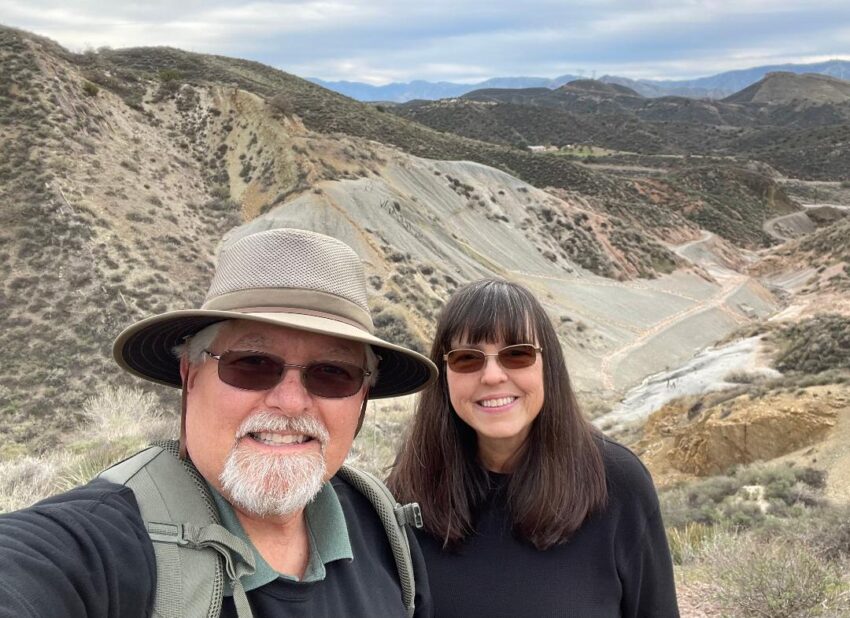On our Funday Monday adventure, we take a hike through Upper Tick Canyon. In a location just east of Santa Clarita, California, we find ourselves transported back over 115 years. Here we see the Sterling Borax mining operation and the town of Sterling gone without a trace.

East of Sierra Highway on Davenport Road in Agua Dulce, California, you will see black mounds where no vegetation grows. These black mounds are the slag left by mining operations over a century ago.
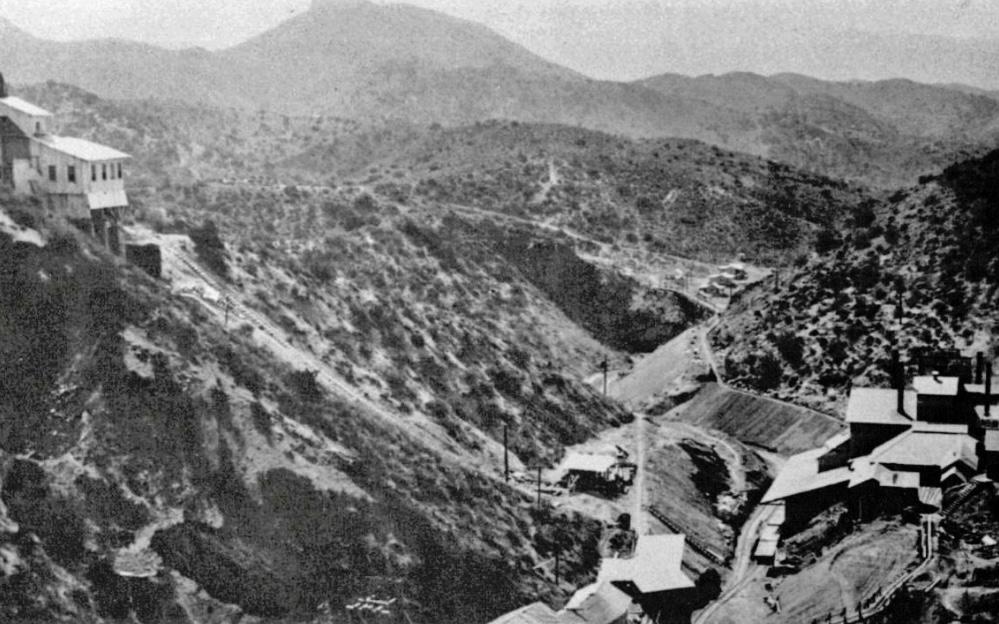
Sterling Borax Mine and Sterling, California
Before the town of Agua Dulce, California, there was the town of Sterling, California. Located in the Soledad Township of the Acton Mining District, we know the area today as Upper Tick Canyon. In 1907 gold miners came across what they called a “mountain” of Howlite. Known as Borax, Howlite is found in only two other locations in the United States.
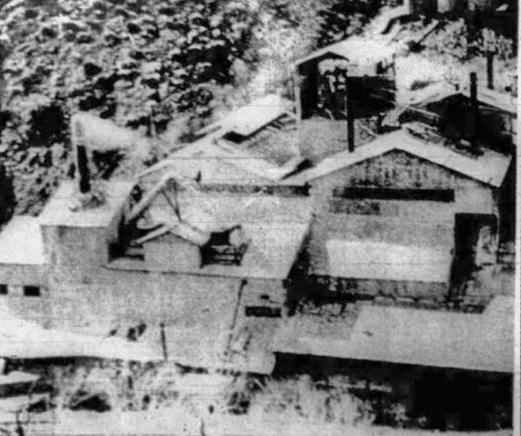
Then in 1908, the Sterling Borax Company purchased the claim sites and surrounding 1200 acres, and construction began. Next, they dug my shafts reinforced with timber at 100 ft, 200 ft, and 250 ft down. Then, finally, they constructed buildings for crushing, toasting and sacking the ore.

Narrow Gauge Railway Engine Nick Named Dinky
The miners built narrow gauge railroad tracks up the canyon from Lang Station near the mouth of Tick Canyon. Today, a Facey’s hospital sits there next to the 14 Freeway. The small-scale train, nicknamed Dinky, pulled fully loaded oar cars down the canyon. Unable to turn around, Dinky returned up the canyon in reverse.
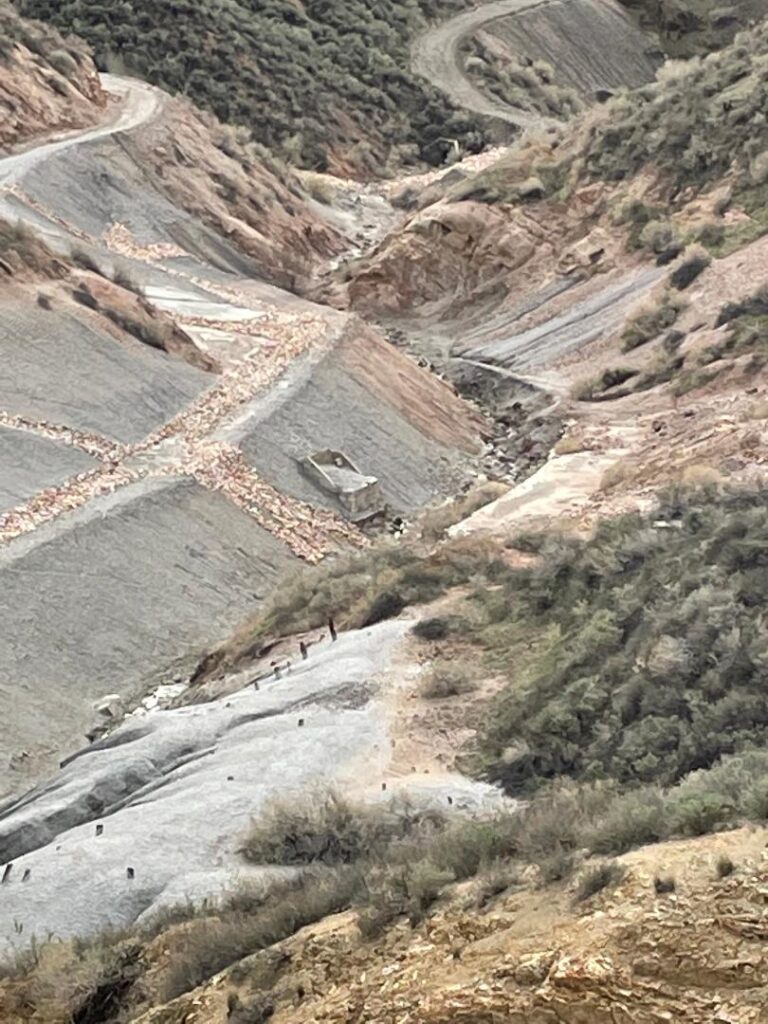
Transferring the Howlite ore to rail cars at Lang station, the miners shipped it to Pittsburg and Chicago. There, the refining process changed the ore into commercial Borax.

The town of Sterling, California, stood just down the canyon, on the other side of where Davenport Road crosses today. First, they built bunk houses for single men, family cabins, community cook houses, and a Post Office. Then, they made a commissary where they ordered food and supplies from Cohn’s Grocers in downtown Los Angeles. Next, a train delivered supplies once a month. Finally, the miners built a school that they later moved to the corner of Agua Dulce Canyon Rd and Sierra Hwy.
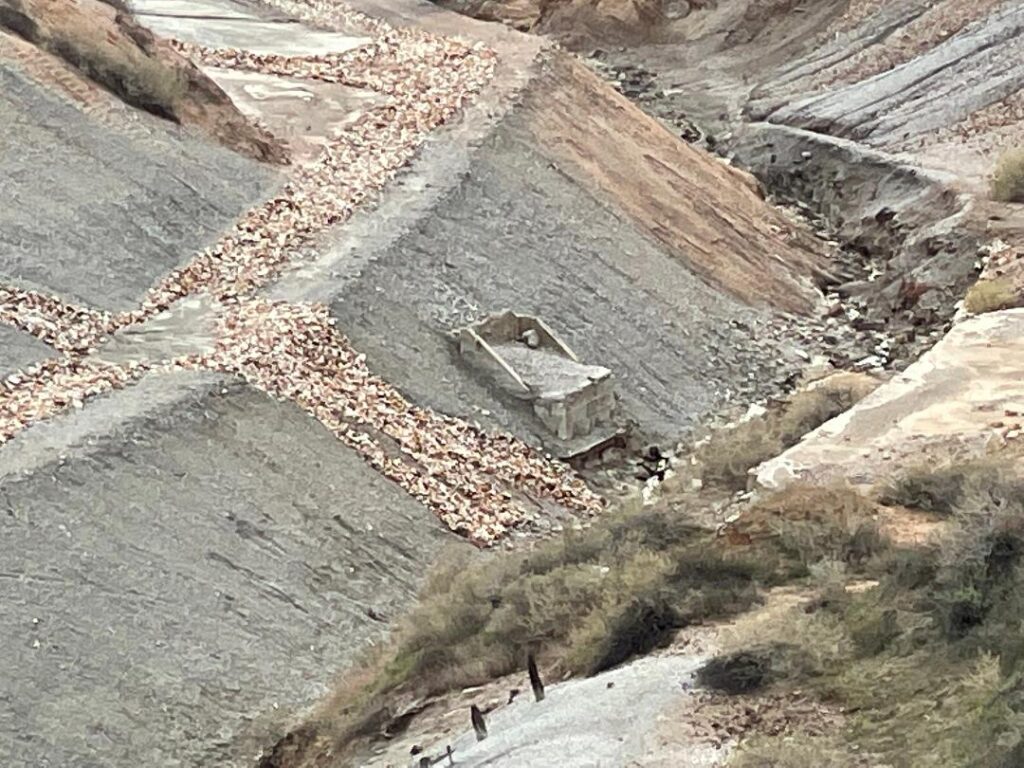
Concrete Foundations and Protruding Timbers Remain
At the height of production in 1917, Sterling Ca had a population of one hundred and sixty. In one year, they produced a whopping $500,000. In Borax. That would be equivalent to 10.5 million dollars today.
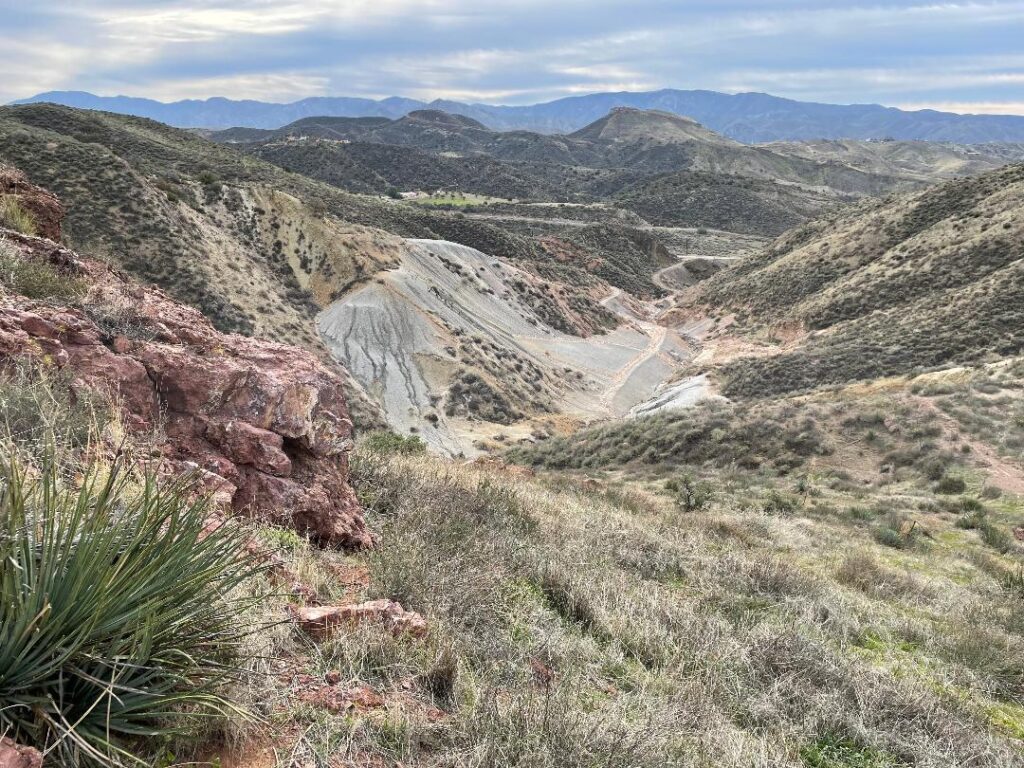
By 1921 the Howlite production had dwindled, and operations ceased. Homesteaders in the Acton and Agua Dulce area purchased most of the buildings. At least six of the structures shipped to Newhall, California. The schoolhouse moved north to Sierra Highway and became the first Agua Dulce Schoolhouse.

The mining facilities sold, and all that remains today are concrete foundations and skeletal timbers protruding from the ground. Where once a thriving town stood, there is only an open canyon retaken by nature.

We had so much fun hiking through a canyon near home, where I played as a kid. Stepping back over a century, we relived a past completely forgotten in time and erased from the landscape.
Happy Funday Monday to all. Stay safe.

